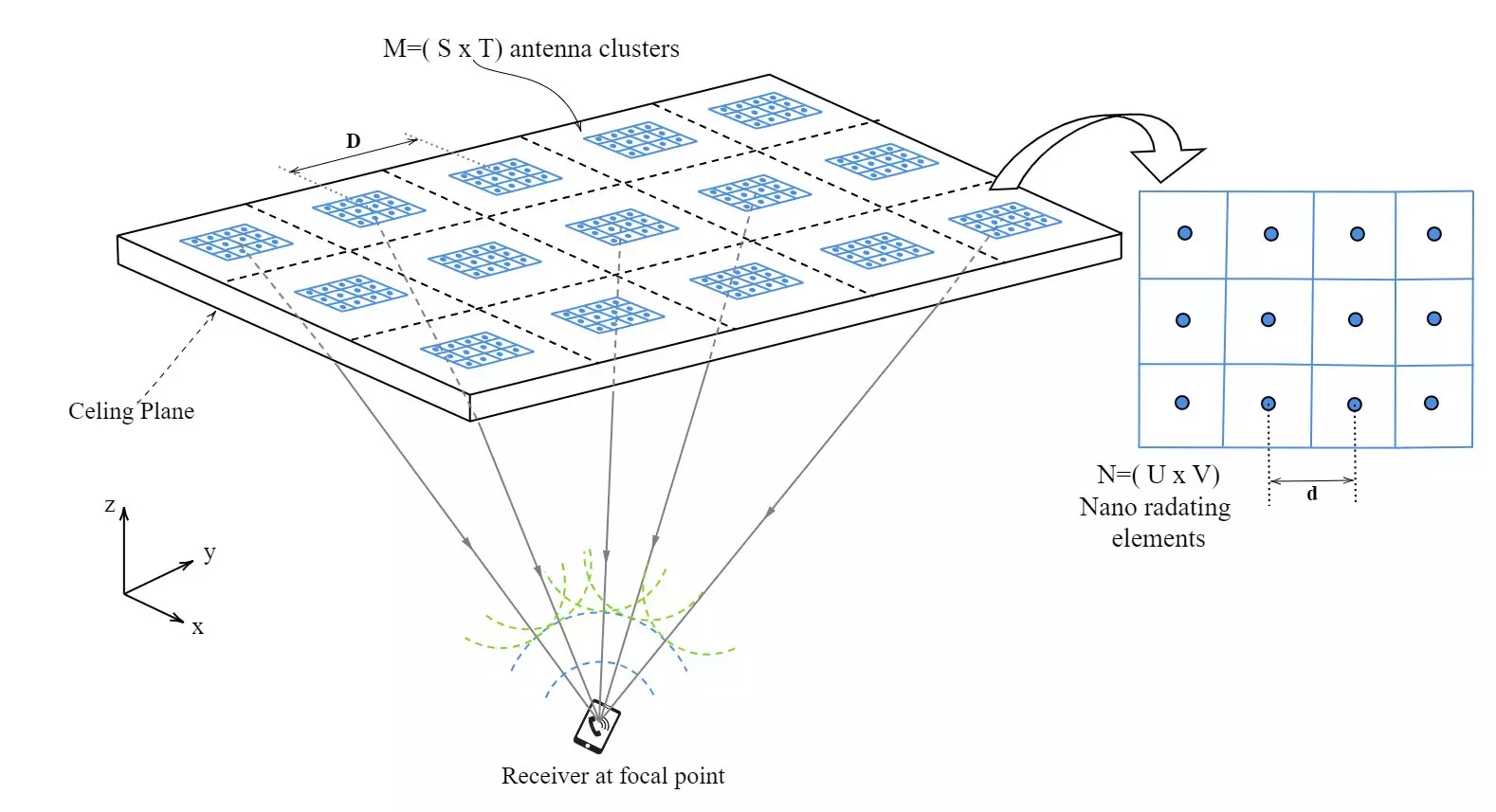As we immerse ourselves in the digital age, the demand for seamless data transmission continues to ascend at an alarming rate. Existing wireless communication technologies such as Wi-Fi and Bluetooth have come under increasing strain, unable to allocate the necessary bandwidth to meet contemporary data needs. This congestion manifests itself in various forms, including interference, sluggish speeds, and insufficient connectivity. As more devices populate our homes and workplaces, the limitations of traditional radio frequency (RF) systems become glaringly evident. The key to navigating this technological impasse lies in exploring alternative communication pathways, particularly through the emerging field of Optical Wireless Communication (OWC).
OWC transcends the inadequacies inherent in RF systems by utilizing light—especially infrared (IR)—for data transmission. The fusion of innovative technology with the principles of optics represents a paradigm shift in how we envision wireless communication. At the forefront of this transformative approach is the research harnessing the advances in IR technology, which promises not only to alleviate bandwidth limitations but also to enhance reliability. By diving deep into the realm of OWC, researchers aim to create robust systems that provide better signal clarity amid increasing network demands.
Central to this novel communication model is the groundbreaking concept termed “phased array within a phased array.” In essence, this design mimics the quantum superposition principle that allows systems to operate within multiple states simultaneously. This innovative architecture comprises smaller optical antennas arranged meticulously within larger arrays, reminiscent of intricate designs found in nature. The synergy generated through their collective operation fosters the amplification and precision of IR signals like never before, ultimately reshaping indoor wireless communication dynamics.
Unlike conventional systems reliant on single transmitters, the phased array approach deploys multiple clusters of transmitting elements designed to work in concert. This redundancy ensures that obstacles will not jeopardize signal integrity; rather, the diverse pathways created contribute to maintaining reliable communication even in interference-heavy environments. The design’s dual transmission wavelengths act as an additional layer of optimization, further refining signal delivery and bolstering system resilience.
Energy consumption represents another critical challenge in wireless technology. Conventional wireless systems often exhibit inefficiencies, as they maintain full operation regardless of demand. However, the deployment of an Ant Colony Optimization (ACO) algorithm in our optical wireless framework offers a groundbreaking solution by promoting energy efficiency. Drawing inspiration from natural scouting patterns of ants, this intelligent algorithm ensures that only essential clusters operate during data transmissions. By powering down unnecessary elements, the network not only conserves energy but also alleviates operational costs, promoting a greener technological landscape.
As sustainability becomes a cornerstone of modern development, the energy-efficient capabilities embedded in this novel optical system draw profound relevance. These advancements indicate a marked shift in the direction of eco-friendly technology, affirming its significance in an age where resource conservation is paramount.
The implications of a successful OWC system extend far beyond mere theoretical improvement. The potential applications range widely—from healthcare settings demanding secure and consistent communications, to industrial spaces where reliability is crucial, to corporate offices enhancing productivity through efficient connectivity. Each sector stands to benefit from the enhanced performance envisaged within the optical wireless framework, promising to elevate operational efficacy across the board.
Moreover, the versatility of the phased array design indicates that the technology possesses the adaptability to encompass a variety of wavelengths. As demands on communication systems evolve, so too can this technology, offering scalability that resonates with the needs of the future.
The advent of Optical Wireless Communication heralds a new era of possibility in our quest for faster, reliable, and sustainable connectivity. The world stands on the precipice of a communication revolution, where technical innovations not only address existing challenges but also foster a more interconnected society. By reimagining our wireless frameworks, we pave the way for a seamless blend of technology and environmental stewardship, ensuring that the future is not just about improved speeds but about more meaningful connections. As this field progresses, the integration of novel approaches will undoubtedly reshape the landscape of indoor communications for generations to come.


Leave a Reply